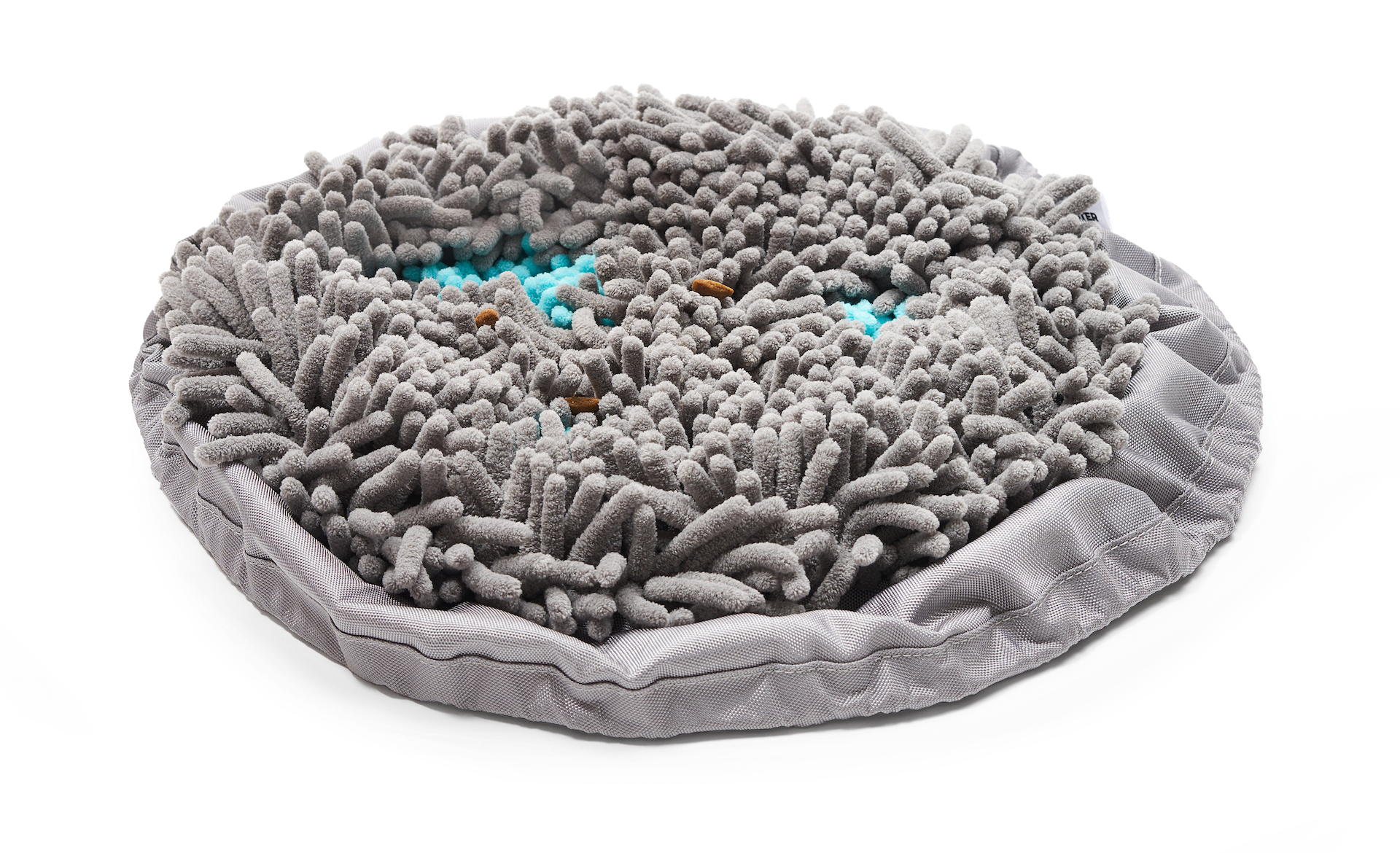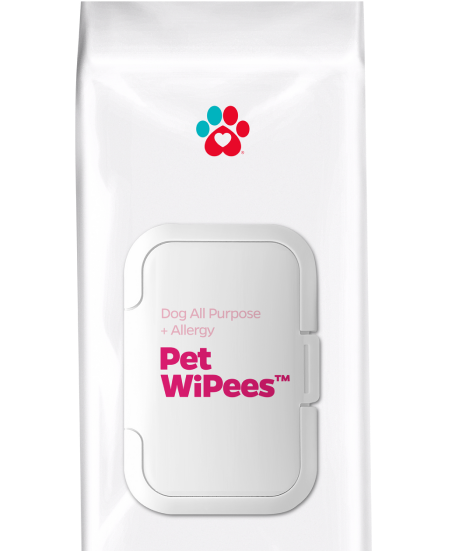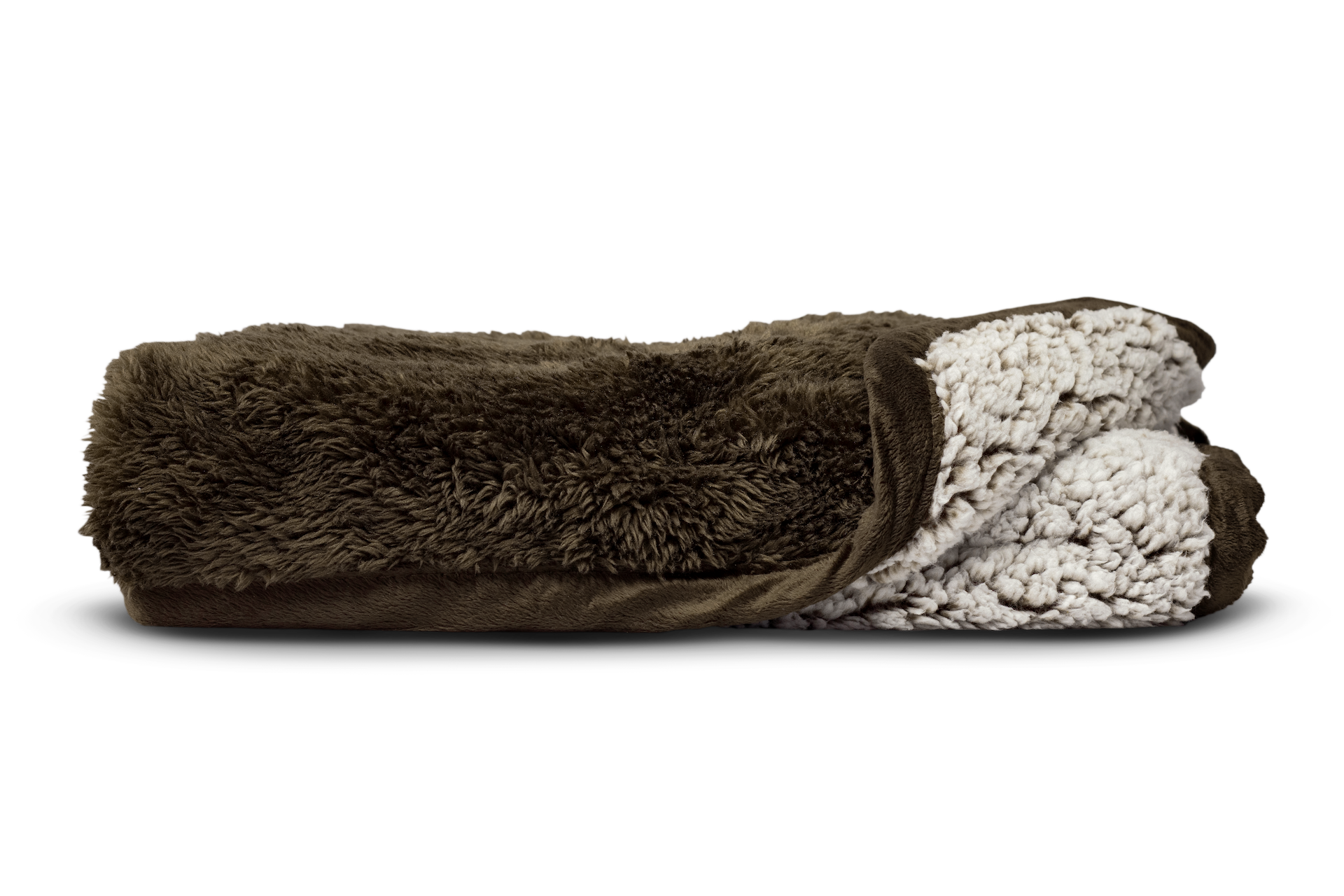Pyometra and Cystic Endometrial Hyperplasia in Dogs is a uterine disorder that usually develops in female dogs that are intact. Cystic Endometrial Hyperplasia can also be referred to as Endometriosis in dogs.
In this article, we’ll discuss further what pyometra and cystic endometrial hyperplasia are, the signs of endometriosis in dogs, common causes, and how to deal with these illnesses for your furbaby.

"Pyometra happens when a bacteria infects the abnormally thickened lining of the uterus and the pus either stays inside the uterus (close pyometra) or drains out of the dog's vulva (open pyometra)."
Cystic Endometrial Hyperplasia is the abnormal thickening in the lining of a dog's uterus and is identified by the presence of sacs or cysts that are fluid-filled.
Cystic Endometrial Hyperplasia is the abnormal thickening in the lining of a dog's uterus and is identified by the presence of sacs or cysts that are fluid-filled. The endometrium (lining of the dog uterus) becomes abnormally thick because of hyperplasia (an increase in the number of cells or organic tissue). This is not considered to be a type of cancer, but it increases the risks of your dog developing endometrial cancer in the long run.
While pyometra in dogs, on the other hand, is secondary to canine Cystic Endometrial Hyperplasia. Pyometra happens when bacteria infect the abnormally thickened lining of the dog’s uterus and the pus either stays inside the uterus (close pyometra) or drains out of the dog's vulva (open pyometra). According to Blue Cross, if pyometra is left untreated, it may result in kidney failure, toxaemia, dehydration, and in some cases, even death.
To put it simply, if pregnancy does not occur to your female dog, her uterine lining will continue to thicken until eventually, cysts may form within the uterine tissues (cystic endometrial hyperplasia). The thickened endometrial lining then becomes a suitable breeding ground for bacteria. According to VCA Animal Hospital, since the dog’s uterus muscles cannot properly contract due to the thickened lining, bacteria can easily enter the dog’s uterus and any fluid or pus that has been accumulated cannot be easily expelled.
Pyometra and Cystic Endometrial Hyperplasia in dogs are considered to be correlated with each other and may happen together at the same time or may not. These usually happen in intact female dogs.

Signs and changes observed
Clinical signs are mostly nonspecific and can definitely vary (as mentioned above), but the following signs and changes may indicate that there is something wrong with your dog and you need to contact your veterinarian as soon as possible. Look for these signs of Pyometra in dogs and Cystic Hyperplasia in dogs.
- Constant discharge from the vulva which usually comes with blood, mucus and pus
- Depression
- Lack or loss of appetite
- Increased urination
- Vomiting
- Fever
- Lethargy
- Abdominal distension
- Uterus is enlarged if there is closed pyometra (because pus is not drained)
- Irregular heat cycles (unusually long heat cycles or missed heat cycles)
Possible causes of pyometra and cystic endometrial hyperplasia in dogs
Pyometra and Cystic Endometrial Hyperplasia in Dogs can be caused by a few different factors. It can be by the constant exposure of the endometrium (lining of the uterus) to estrogen and then preceded by progesterone during heat. It can also be caused by hormonal imbalance in female dogs.
How is Pyometra Diagnosed and Treated?
What causes Pyometra in dogs? And what causes canine Cystic Endometrial Hyperplasia? Pyometra and Cystic Endometrial Hyperplasia in dogs can be caused by a few different factors. Some causes may be because of:
- The constant exposure of the endometrium (lining of the uterus) to estrogen and then preceded by progesterone during heat
- Depression
- A hormonal imbalance in female dogs
- Bacteria that enter the uterus
- The side effects of progesterone-based drugs and estrogen or synthetic estrogen drugs
How Are Pyometra and Cystic Endometrial Hyperplasia Diagnosed and Treated?
Pyometra and Cystic Endometrial Hyperplasia in dogs are diagnosed when there is a high level of the white blood cell count in your dog and oftentimes, high level of globulins (a type of protein produced by the immune system) in the blood. Your veterinarian may also suggest having your dog undergo an ultrasound or an X-ray to check the state of the dog’s uterus and the severity of the condition for diagnosis.
The treatment most preferred is to completely remove the uterus and the ovaries of the female dog also referred to as spaying. Some also prefer the draining or constant flushing of the pus 'stuck' in the uterus (if the pyometra is closed and cannot drain). Additionally, depending on how sick and uncomfortable a dog is, she may receive intravenous fluids and pain medications. Antibiotics are then administered for a given time and must be completed. However, giving only antibiotics for treatment may somehow improve some of the symptoms but it will not be able to resolve the infection alone.
If treatment is not performed as soon as possible, the toxic effects from the infection can be life-threatening. A sense of urgency is needed here.

Follow-up Care and Management
Dog Diapers. Pyometra in dogs and Cystic Endometrial Hyperplasia in dogs can be very dangerous and must be treated immediately. But since treatment will depend on the health condition and symptoms of your dog, it is best to use dog diapers in the meantime if pus is constantly being expelled.
Pet Parents® Dog Diapers come in a variety of colors as well as sizes, so you’re sure to get the proper fit for your furbaby who’s still recovering. Plus, they are made for comfort so that your dog can relax while they recover.
Provide proper nutrition. Providing your dog with a good, healthy diet is a perfect way to boost their wellness. But make sure that this diet is advised by your veterinarian to provide them with the proper nutrition their body needs for recovery.
Providing your dog with a multivitamin supplement like Pet Parents® Multivitamin SoftSupps® can help to keep up the nutrients they need. These supplements contain Vitamins A, C, and E to help provide antioxidant support to promote immune health in dogs as well as whole ingredients like chicken, sweet potato, and carrots without any fillers.

"Pyometra and Cystic Endometrial Hyperplasia in Dogs is diagnosed when there is a high level of the white blood cell count of the dog and often has a high level of globulins (a type of protein produced by the immune system) in the blood."
Take a walk. WNo matter what procedure your furbaby went through, exercise after surgery plays an important role in their recovery. It helps maintain your dog's balance, joint flexibility, and good blood circulation. Note that it’s best to leave your furbaby alone a few days after their surgery as they may still feel disoriented and groggy. Once you notice they are gaining back their strength, slowly engage them in taking walks again.
Pyometra and Cystic Endometrial Hyperplasia in Dogs won’t heal alone. If pus is coming out of your dog, it will eventually stop but then will reoccur in the following weeks or months ahead. The toxic effects from the bacteria will spread throughout different organs and will be dangerous for your dog - that’s why immediate treatment is really needed. Consult your veterinarian if you see signs of pyometra and canine cystic endometrial hyperplasia in your dog.









